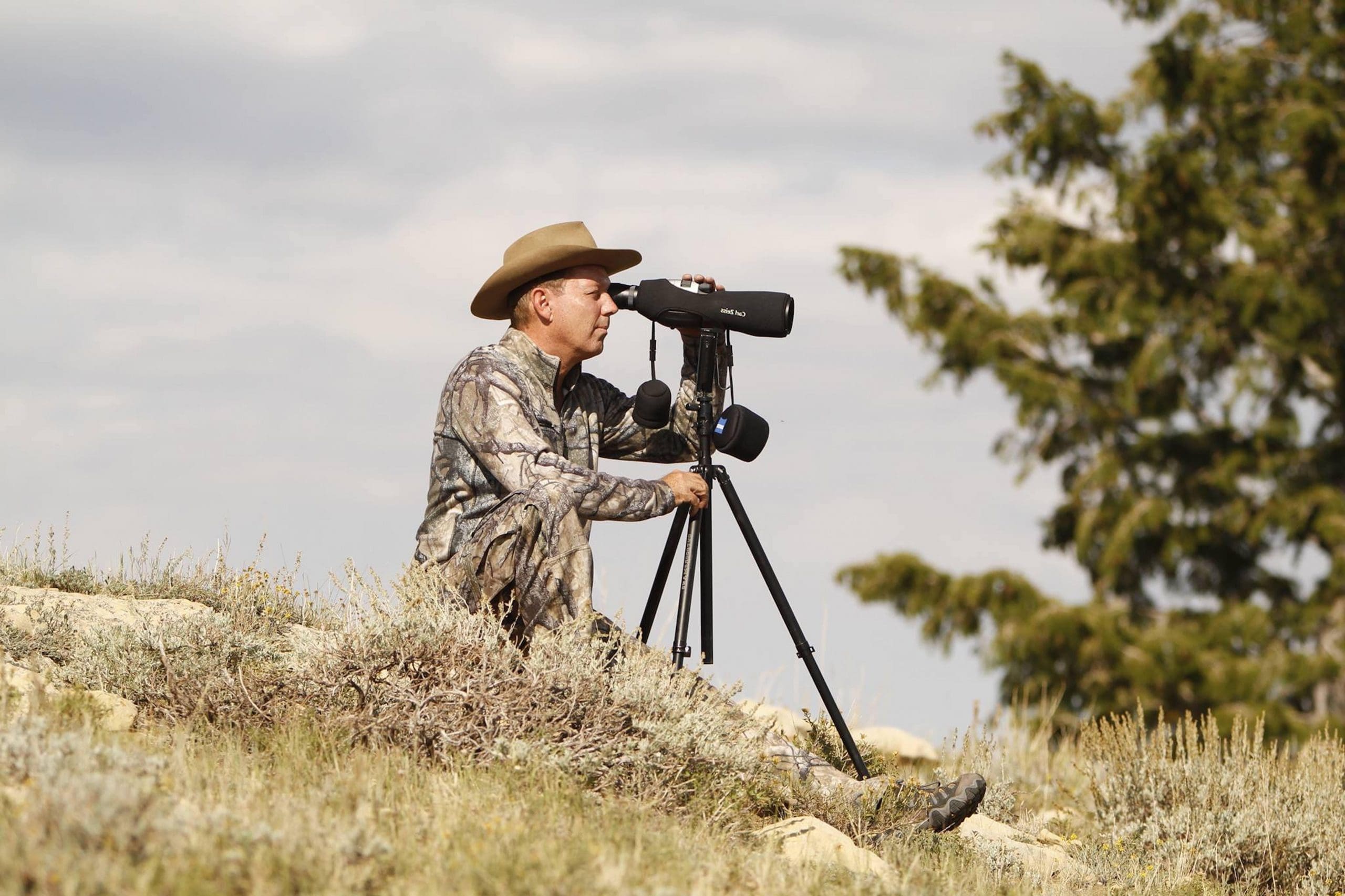Perhaps you remember this task from school. You had to write a term paper or a thesis, and your professor explained that you had to cite your sources, pointing you to MLA or APA as your guide. If you were anything like me, you might have rolled your eyes, yawned, or cried to the heavens, “But I don’t want to!” Then you put citing your sources off as long as possible. But at a certain point, this task has to get done. So you rolled up your sleeves and thought, “Okay, I’ll get this over with, but this is gonna be the last time I’ll ever have to do it again.”
Surprise! As a nonfiction writer, you will be faced (again) with the unenviable job of citing your sources. (I don’t know why it’s so disagreeable. And maybe that’s just how I see it. Even as an editor myself, I find the task tedious. However, citing your sources properly is important and demands persnicketyness. Like you, I’d rather be thinking about big ideas and grand sentences.)
Credible Sources
The first step to source citation is choosing credible sources. It’s tempting to Google your subject, find the first link that pops up—usually a Wikipedia article—and cite that as your source. However, Wikipedia is a crowd-sourced encyclopedia. Anyone can add information to any entry. Sometimes the information on a Wikipedia page becomes inaccurate through honest mistakes, strange vendettas, or shameless promotions. So if you want genuine credibility, it’s best to avoid this option. Instead, find actual experts on your topic, interesting new voices, or research studies to support your own expertise and ideas.
The type of sources you choose undermines or establishes your credibility as a writer. Reliable sources indicate to your reader that you’re a writer who researches, has a passion for her subject, is quite knowledgeable, and, when she learns something valuable, gives credit to her source. Source citation shows off your generosity. It says, “This is something that really informed and inspired me. Do you want to know more? Maybe you want to read this, too.”
Proper Format
After you’ve found your sources, you need to tackle formatting the citation. In nonfiction writing, The Chicago Manual of Style is the go-to guide for source citation. You can cite sources as footnotes or endnotes. Publishers often now choose to use endnotes. Why? Well, unlike footnotes, endnotes don’t have to appear at the bottom of the page where your source is cited. You can gather up your endnotes and place them in one attractive list at the end of a chapter or even at the end of your book. Endnotes are easier.
Here’s an example of an endnote for a book:
1. Shirley Jones, My Life in the Partridge Family (Kalamazoo: Stellar Press, 1972), 18.
And here’s one for a magazine article:
1. David Cassidy, “I was a Teen Pop Idol,” Rolling Stone (September 15, 1979): 2.
(As you might have guessed, I made up these titles and sources. I’m desperately trying to find a way to make source citation fun!)
On paper, source citation seems like an easy thing to do. You follow a template. Done. But I can tell you, as an editor, that rarely happens. Writers balk at doing citations correctly. I don’t know why. Maybe source citation makes a writer rebellious, even when she thinks she’s following the rules. After all, the form of a citation is often counterintuitive. There are parentheses and colons in places where you think there should be a comma.
Make Following the Format a Game
My advice: abandon all your creativity and imagination. Just knuckle down to an inherently weird template from the Chicago Manual of Style. Look at the format and say, “I surrender.” Then check your citation a few times. You’ll be tempted to think, “I’ve got it,” but trust me, you’ve often made a tiny error somewhere. Be humble. Keep checking. Try making it a game! Can I do each of my citations correctly the first time around? When I review what I’ve done, can I find the mistakes before I turn it over to my editor?
If you take your time, you’ll keep your editing costs down. Consistent references expressed correctly also add an extra shine to your book. They say to your reader, “I am a professional. I care about giving credit where it’s due, and I’m proud of my work.”



